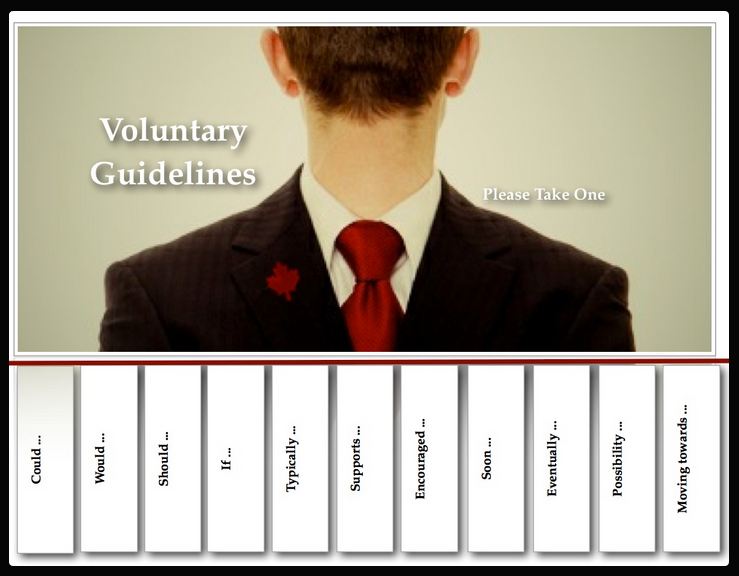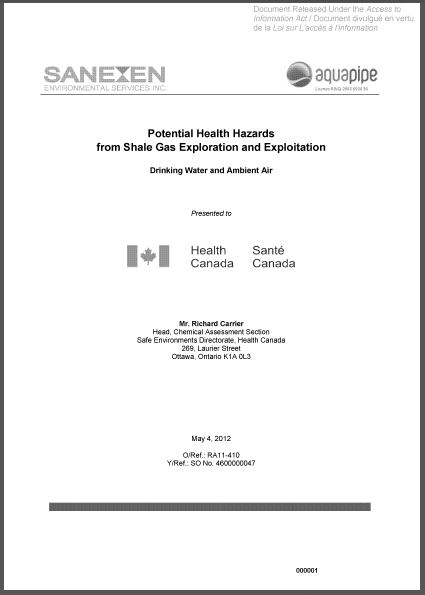Alberta First Nations want Ottawa to class oilsands tailings component as toxin by Bob Weber, The Canadian Press, March 14, 2024, St Albert Gazette
Two Alberta First Nations have asked the federal government to examine whether a component of oilsands tailings pond water known to harm fish and other animals should be classed as toxic.
The move could force a long-awaited human health study into development impacts, bring the industry under new regulations and affect its ability to release treated wastewater.
“There are big gaps in science on the human health side,” said Bronwyn Roe, lawyer for the Athabasca Chipewyan First Nation, which uses lands adjacent to oilsands development. “If the ministers do this assessment, they could create new regulations.”
That First Nation’s request is supported by the Mikisew Cree.
“Under federal legislation … fish have more rights than humans,” it wrote in a March 11 letter to federal Environment Minister Steven Guilbeault. “The government of Canada cannot wait for more research to make this assessment.”
The two nations are concerned about naphthenic acids, found in tailings and other oilsands wastewater.
Peer-reviewed research has found the complex hydrocarbons are toxic to fish, affect hormone function in humans and other mammals, and may be carcinogenic.
Oilsands producers are required to report releases of those chemicals. But allowable limits for their presence in surface or groundwater are guidelines, not regulations.![]() Guidelines are voluntary, which is why rape & pillage Canada allows industry to be “guided” instead of “regulated” for much of what they do
Guidelines are voluntary, which is why rape & pillage Canada allows industry to be “guided” instead of “regulated” for much of what they do![]()

In January, Environment and Climate Change Canada and Health Canada released a report that concluded naphthenic acids shouldn’t be classified as toxic. However, that report only dealt with commercially produced versions, not those found in tailings.
![]() Health Canada still hasn’t made public their 2012 report warning of frac risks to air and water. They have zip for credibility.
Health Canada still hasn’t made public their 2012 report warning of frac risks to air and water. They have zip for credibility.![]()
“(Oilsands) naphthenic acids differ in source, composition, properties and use compared to commercial naphthenic acids,” the report says.
The First Nations are using recent changes to the Canadian Environmental Protection Act to request Guilbeault review that January finding. A review would include research into the health effects of oilsands naphthenic acids both on their own and in conjunction with other chemicals — a long-standing goal of both the Athabasca Chipewyan and Mikisew.
“A huge piece is that human health study,” said Roe. “They’ve been asking for that for years.
“They want better studies of the human health impacts of oilsands operations, including releases from tailings ponds.”
A ruling that naphthenic acids should be considered a toxin would also affect regulations governing the substances, Roe said.
“Once the impact on human health is better understood, I think the government will be compelled to take action to mitigate the human health effects and the environmental effects.”![]() I beg to differ. Once authorities see studies showing the tarsands harm human health as well as water, environment, fish, etc., they’ll make sure to deregulate more for industry. They do not serve Canadians, they serve industry with our tax dollars.
I beg to differ. Once authorities see studies showing the tarsands harm human health as well as water, environment, fish, etc., they’ll make sure to deregulate more for industry. They do not serve Canadians, they serve industry with our tax dollars.![]()
Roe notes the finding could affect plans to release treated tailings pond water into the Athabasca River. Industry and the federal government are currently developing rules that would govern how water from those ponds can be treated and released into the river.![]() I highly doubt companies will forfeit any profits to clean up their toxic waste. They run our regulators, they are our regulators, they mostly do what they want.
I highly doubt companies will forfeit any profits to clean up their toxic waste. They run our regulators, they are our regulators, they mostly do what they want.![]()
Those regulations are expected in 2025. Roe said classifying naphthenic acids as toxic could affect those plans.
“It would have an effect on tailings pond management,” she said.
Kendall Dilling, president of the oilsands industry group Pathways Alliance, said further research on naphthenic acids is underway.
“We respect the leaders’ desire to seek information for the health of their community,” he said in an email. “We will continue to co-operate with government should additional research be advanced in response to this request.”![]() Translation: We will not allow anything to get in the way of our profits, not even us polluting the watershed and sickening and killing fish, wildlife, and or humans.
Translation: We will not allow anything to get in the way of our profits, not even us polluting the watershed and sickening and killing fish, wildlife, and or humans.![]()
A spokesman for Environment and Climate Change Canada said Guilbeault and Health Minister Mark Holland are considering the request. The department is conducting further studies on naphthenic acids.
Oilsands tailings ponds now store about 1.4 trillion litres of water, or 1.4 cubic kilometres. Some evidence suggests the water has already entered the environment.![]() Of course. Best mitigation in the oil and gas industry (and coal, and other mining) in Canada is “leaking” or “spilling” waste intentionally. Punishments in Canada are near zero.
Of course. Best mitigation in the oil and gas industry (and coal, and other mining) in Canada is “leaking” or “spilling” waste intentionally. Punishments in Canada are near zero.![]()
A 2017 report from the environmental watchdog of the North American free trade deal found “scientifically valid” evidence that tailings have ![]() likely with human help
likely with human help![]() escaped the ponds, although not the oilsands leases. That finding is echoed by recent groundwater reports from industry.
escaped the ponds, although not the oilsands leases. That finding is echoed by recent groundwater reports from industry.
That seepage may now be off lease.
Alberta’s Oilsands Monitoring Program shows a common proxy for oilsands residue at a sampling station in the Muskeg River began climbing drastically in March 2022 and was 18 times higher than the 2021 average within a year.
Guilbeault and Holland have until June 7 to respond to the First Nations’ requests.

Refer also to:
…
The new report confirms what scientists like Colborn have known for years—that small amounts of endocrine-disrupting chemicals can have big health impacts. … “It’s a monster review—it really has looked at a very large amount of literature out there,”
2012: Why was a 2012 Health Canada Report, admitting significant health hazards and risks to groundwater and air from hydraulic fracturing, kept from the public? ![]() And, in 2024, still remains kept from the public (a journalist sent me a copy he obtained via FOIP, which I then uploaded to my website).
And, in 2024, still remains kept from the public (a journalist sent me a copy he obtained via FOIP, which I then uploaded to my website).![]()

